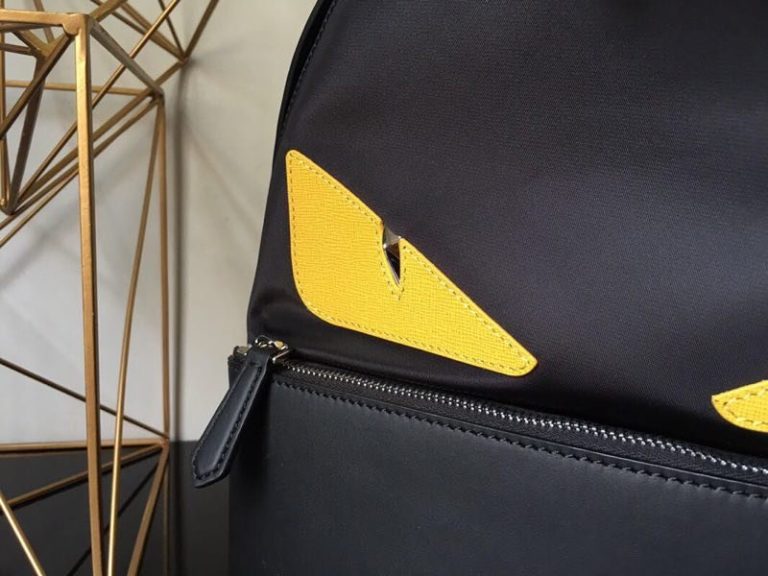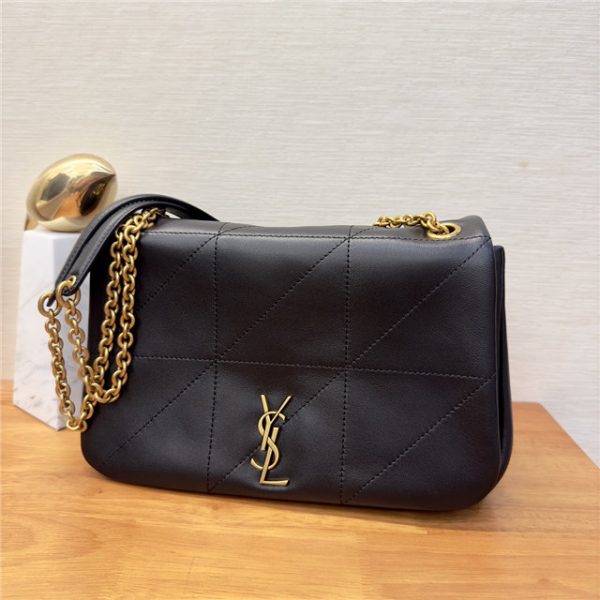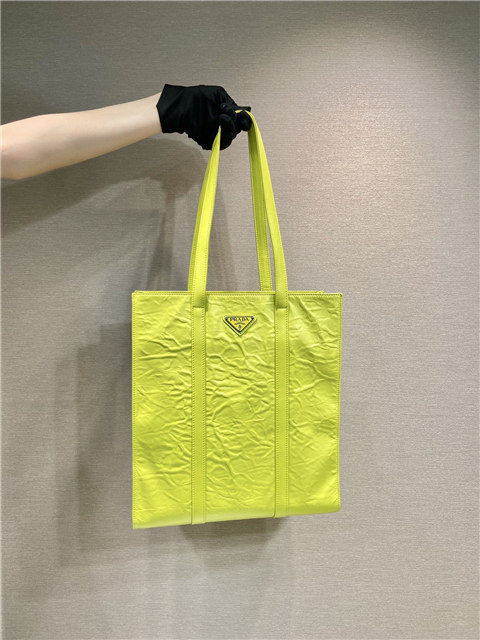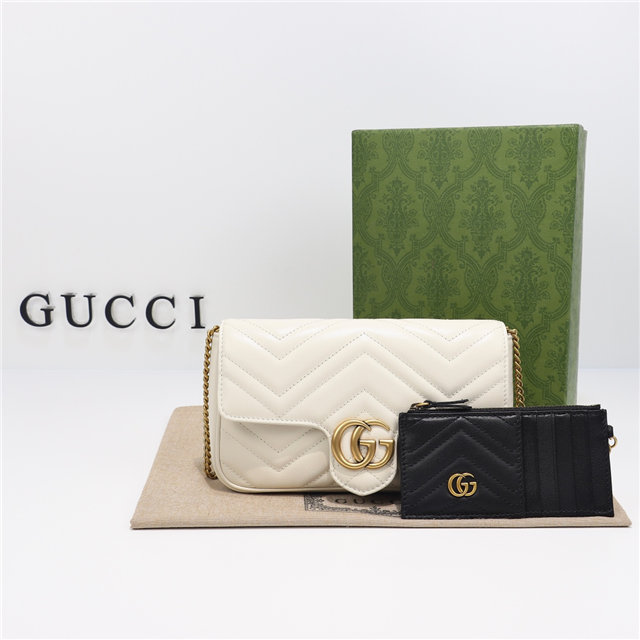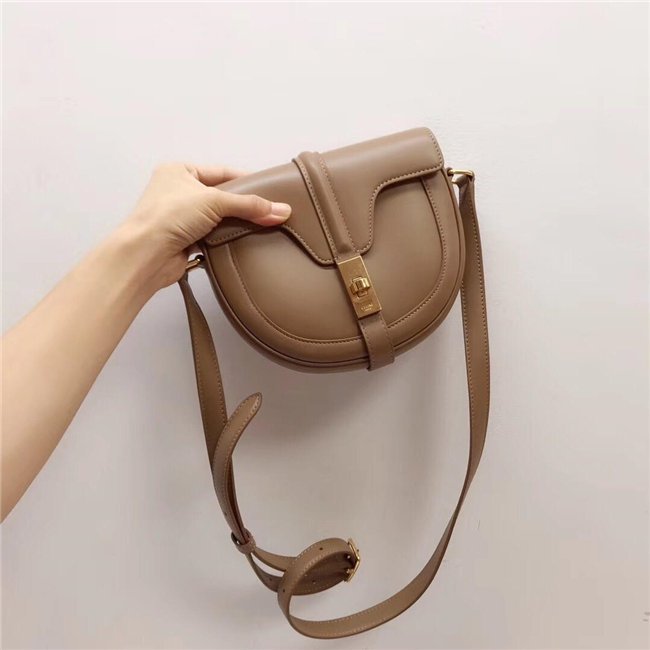First off, you gotta understand, the fake watch game is *strong*. We’re talking millions of counterfeit watches flooding the market every year. I mean, forty *million*? That’s insane! And they’re not just slapping together some cheap plastic jobs anymore. These things are getting *good*. Like, *really* good. Good enough to fool even some seasoned watch folks, ya know?
So, you’re browsing online, right? You see this Rolex or, like, a Patek Philippe (fancy, I know) at a price that seems almost too good to be true. Red flag! Huge, waving, bright red flag! If it quacks like a duck and costs less than a rubber chicken, it’s probably fake. Common sense, people!
Now, you might be thinking, “But the website looks so professional! They even have pictures!” Yeah, well, guess what? Fraudulent websites are a dime a dozen. They steal pictures, they use fancy language, they try to make you think they’re legit. Don’t fall for it! Scammers are getting smarter every day.
Then there’s the whole “replica” thing. They try to sugarcoat it, sayin’ “super best replica” or something. Look, a replica is a fake. Period. Don’t let them try to tell you otherwise. I mean, maybe you’re okay with a replica, that’s your call, but just know what you’re getting into.
One thing you *can* do is check the seller’s reputation. Read reviews, see if they have a physical address (and if that address is actually a real place!), and, like, use your gut feeling. If something feels off, it probably is. I’m not saying trust your gut blindly, but it’s not a bad starting point, I guess. Also, be wary of deals that are just TOO good to be true. I mean, come on, nobody’s giving away a Rolex.
And yeah, checking the serial number is a good idea too (if you can even *see* it online). But honestly, sometimes even that’s not enough. The fakers are getting so sophisticated that they can replicate serial numbers and other details almost perfectly. So it’s not a foolproof method, is what I’m saying.

